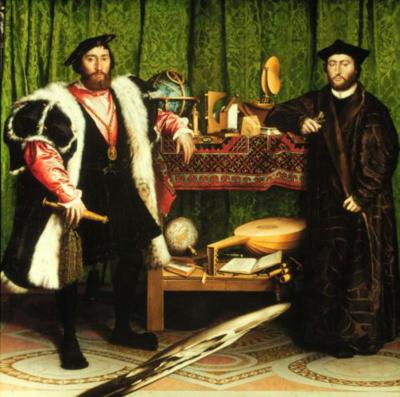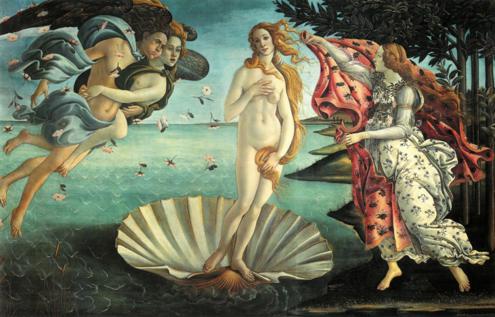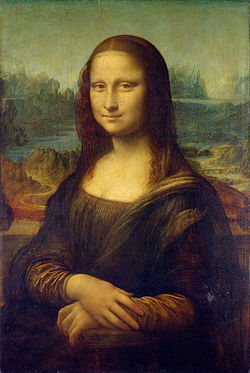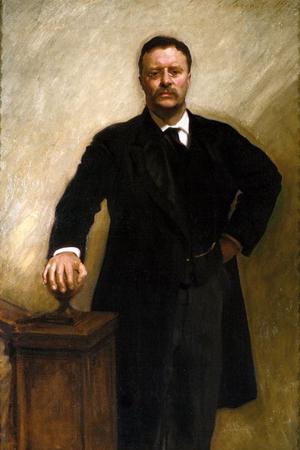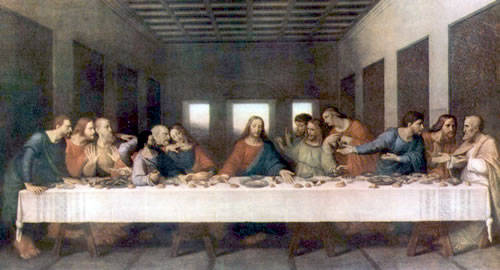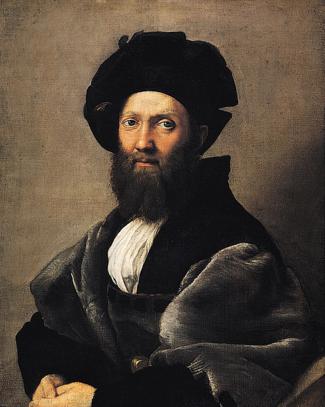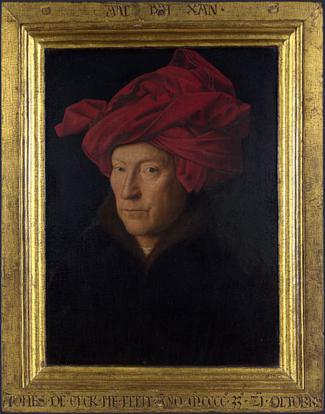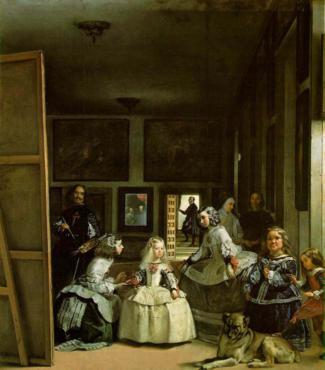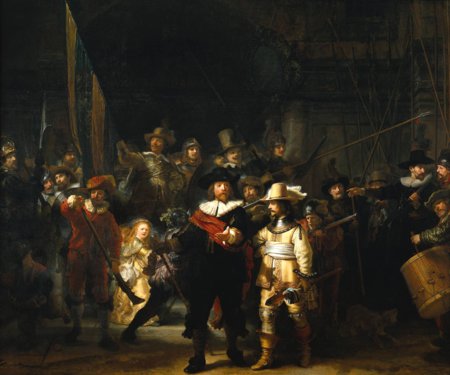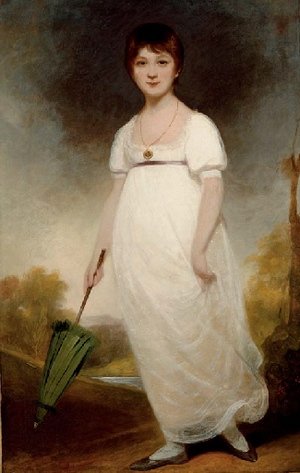Hans Holbein the Younger, one of the greatest portraitists of the 16th century, was an outstanding religious and portrait painter of the Renaissance. He was born in Augsburg, Germany in the winter of 1947/1948 and worked as a young artist in Basel. His work ranges from illustrating books, woodcuts, glass paintings, altarpieces and portraits. He became a court painter to Henry VIII although he had several sitters who are noblemen, merchants, archbishops and scholars. He was the first portrait painter who gained international fame. Named after his father Hans Holbein the older, he was named the Younger to distinguish him from his father who was an accomplished Late Gothic school painter. One of his masterpieces, The Ambassadors, which is famous for its controversial connotation, was the topic for debate between scholars and art experts.
The Ambassadors, considered as one of the most widely known portraits of the Renaissance period, is a double portrait of Jean de Dinteville and Georges de Selve. He made this artwork in 1533 which was the culmination period of his career as a portrait painter. During this “last period” of Holbein’s life, he focused mainly on the wealthy German merchants in London and the King and his court as his subjects. However, it was also during this period when he learned the technique of portrait miniatures. Holbein is known not only for the precision of his portraits’ appearance but he is also famous for embedding layers of paradox, allusion and symbolism into his portraits as evidenced in his ever puzzling masterpiece “The Ambassadors.”
Several points made this painting eminent over the years. Holbein flawlessly created the timeless masterpiece of symbolism and anamorphosis in this painting. The painting’s meaning and symbolism has been argued about over the centuries. About five centuries have passed but still the painting remains to be one of the most exceptional examples of anamorphism. Aside from its anamorphic art, the message and meaning depicted in this double portrait has been a continuing issue.
Over the years, scholars have been trying to figure out what the portrait conveys. Holbein has been very precise in integrating symbols and figures into this art that even scholars have no definite interpretation of the portrait’s emotion and message.
This portrait depicts two members of Henry VIII’s court who are expertly portrayed with objects that are related to their higher learning and worldliness. Holbein did not only mean to show the portrait of his subjects but he associated them with symbols that describe the characters of the two persons involved.
Scholars and experts in Renaissance art have different interpretations about the idea conveyed in the portrait. Some scholars see it as unification of the church and of capitalism. While others believe that the painting artistically shows the conflicts between religious and secular authorities. This conflict is represented by the two figures – de Dinteville who is a land owner and de Selve who is a bishop. The two subjects are surrounded by commonly accepted symbols of discord like the lute with a broken string and a hymnbook with Martin Luther’s translation in it. These symbols suggest conflict between the clergy and the scholars.
This masterpiece by Holbein has gained him the respect of other portrait painters. His splendid technical skills, wide-ranged knowledge on three-dimensional form and space, and precise eye for realistic detail are the skills that are exclusive to him. These attributes are what makes his paintings show true emotions and characters effortlessly.
Author: Shyxter
